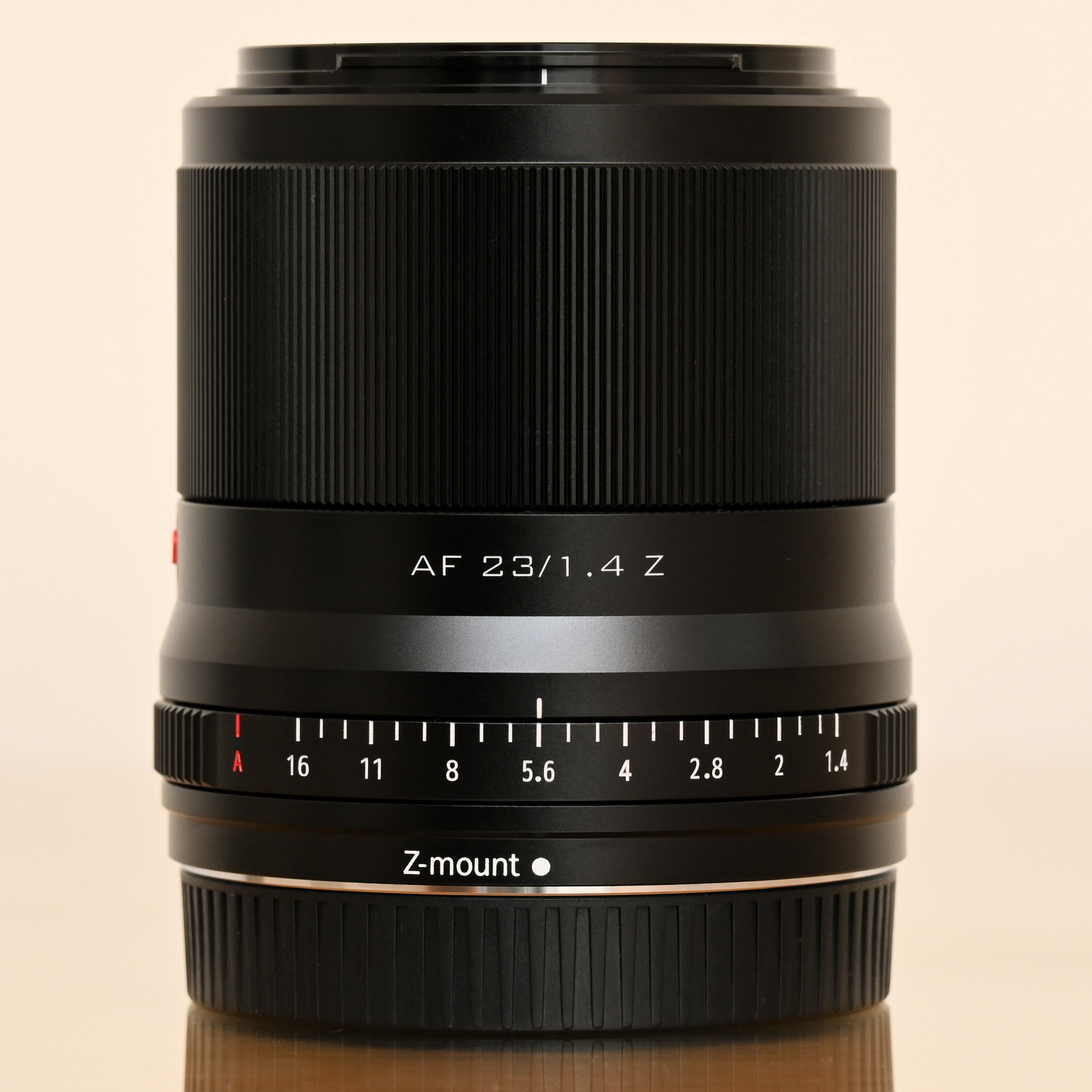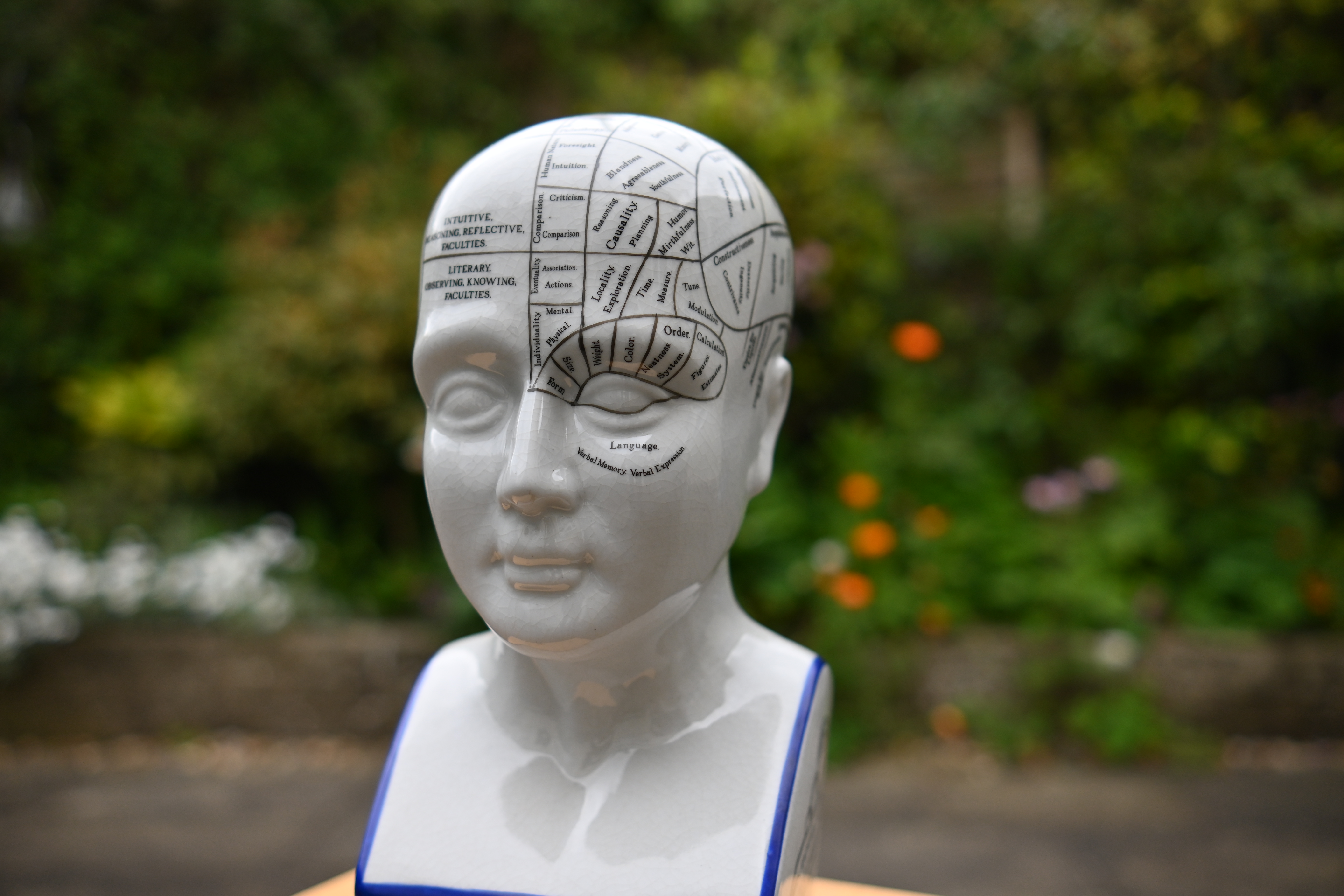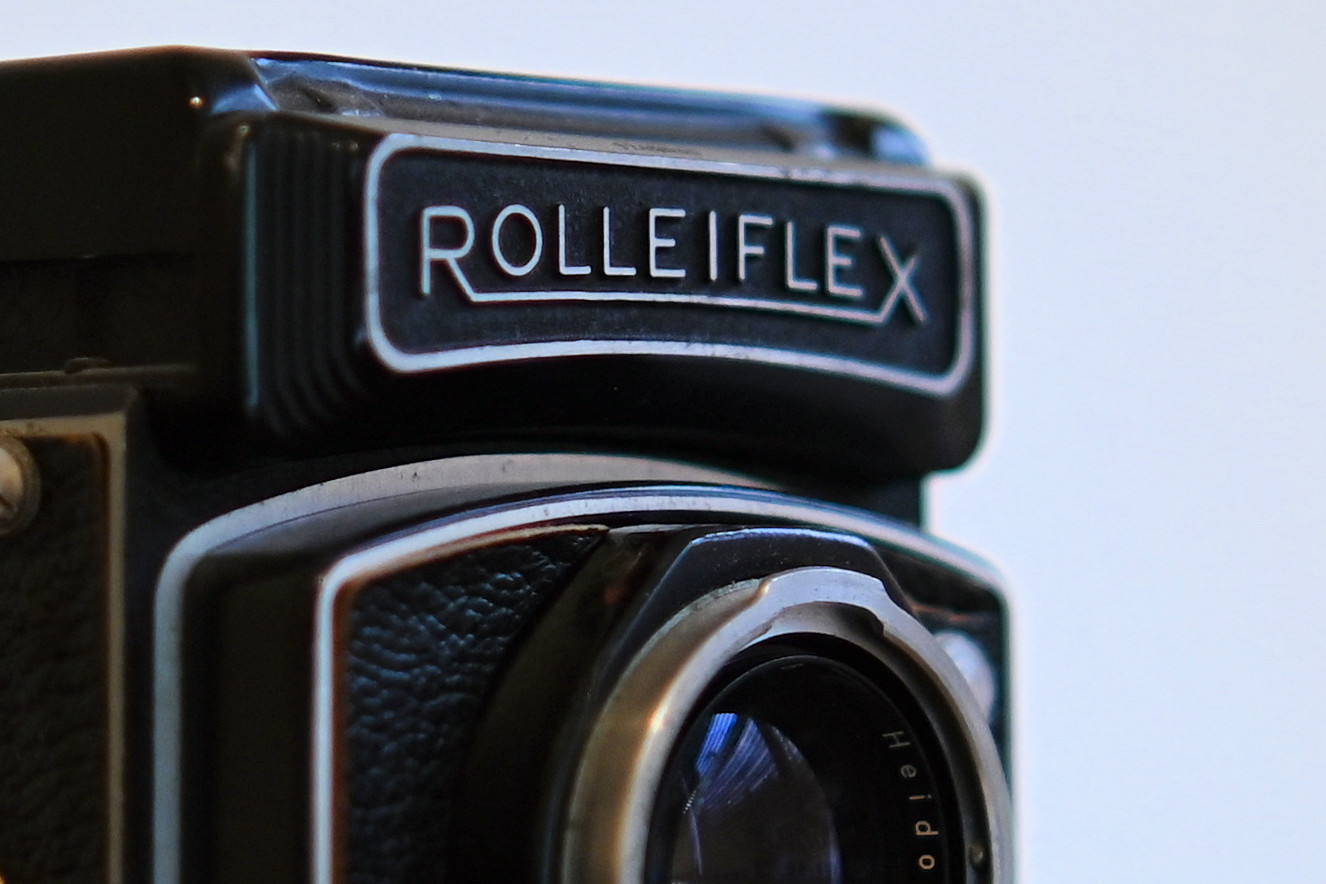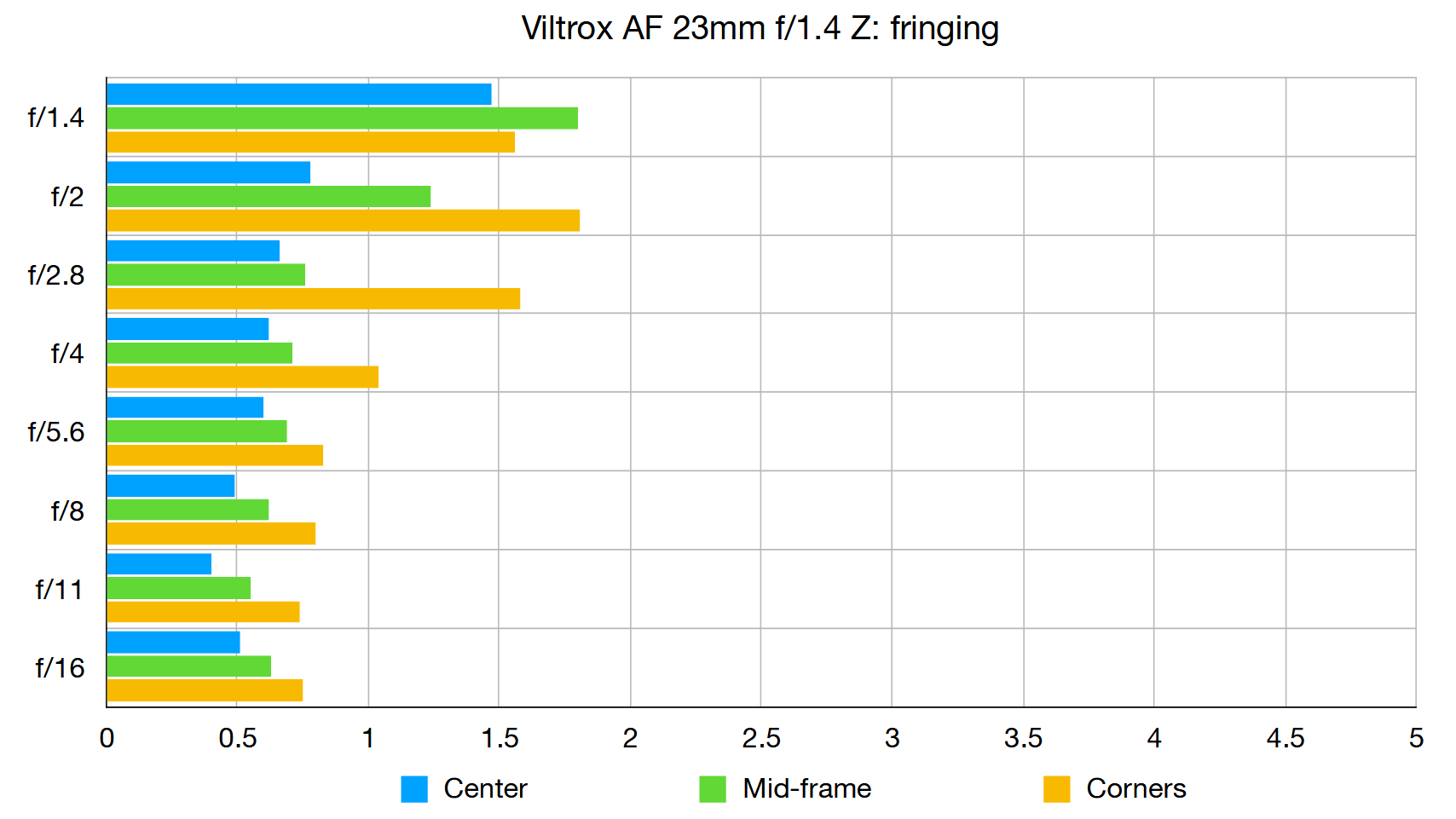Digital Camera World Verdict
If you’re in the market for a DX (APS-C) format fast prime built exclusively for your Nikon Z 50 or Z fc, you won’t find any own-brand options. This is one of a trio of compact, affordable yet high-quality f/1.4 autofocus prime lenses from Viltrox, its companions having focal lengths of 33mm and 56mm. Already available in other mount options, they’re strong performers that are great value for money, and give you prime time that you simply can’t get from Nikon.
Pros
- +
Solid build and performance
- +
Fast f/1.4 aperture
- +
Aperture control ring
Cons
- -
No aperture ring locking switch
- -
Lacks any weather-seals
Why you can trust Digital Camera World
Available in black or silver, the Viltrox AF 23mm F1.4 Z looks right at home on the Nikon Z fc, not least because it has an aperture ring that complements the camera’s hands-on approach to control dials and buttons. It’s one of a trio of f/1.4 lenses, the 23mm, 33mm and 56mm giving effective focal lengths of about 35mm, 50mm and 85mm respectively, in full-frame terms. These are classic focal lengths for street photography, landscape and architectural shooting, portraiture and more. We took the 23mm lens for a spin.
Specifications
Mount: Canon EF-M, Fujifilm X, Nikon Z, Sony E
Full-frame: No
Autofocus: Yes
Stabilization: No
Lens construction: 11 elements in 10 groups
Angle of view: 63.4 degrees
Diaphragm blades: 9
Minimum aperture: f/16
Minimum focusing distance: 0.3m
Maximum magnification ratio: 0.1x
Filter size: 52mm
Dimensions: 69x73mm
Weight: 300g
Key features
The widest-angle 23mm lens is typical of others in the trio in boasting a fast f/1.4 aperture rating. As such, it can deliver a tight depth of field, at least at fairly short focus distances, and enables fast shutter speeds for freezing motion even under low lighting conditions. Measuring 69x74mm and 300g, it’s remarkably small and lightweight for an f/1.4 prime and feels a very natural fit on Nikon’s Z DX format cameras. Before the Z-mount editions came along, Viltrox already manufactured the three lenses in Canon M, Fujifilm X and Sony E versions, to suit other APS-C format cameras.
Optical highlights include two ED (Extra-low Dispersion) elements and two HR (High Refractive index) elements, along with HD Nano multi-layer coatings to combat ghosting and flare. The autofocus system is based on a quick and super-quiet stepping motor and the focusing design ensures minimal focus breathing, which is another plus point for videographers.

Build and handling
We tested the 23mm lens with a Nikon Z fc, on which it feels a particularly natural extension to the body. Considering the camera’s dedicated control dials for the likes of shutter speed, ISO and exposure compensation, the lens’s aperture ring and customizable focus ring are entirely in keeping with the hands-on approach.
The aperture ring is ‘de-clicked’, so it enables smooth transitions for video capture, although it’s arguably less ideal for shooting stills. One handling niggle is that, unlike many ‘smart’ lenses that enable aperture control from the camera body as well as featuring an aperture ring, is that there’s no locking switch at the narrowest or ‘auto’ aperture setting. It’s therefore easy to be shooting in auto mode and to find that you’ve nudged the aperture ring accidentally, and are suddenly shooting at f/16 when you didn’t want to be.

In other respects, build quality and handling are both very good indeed, from the brass mounting plate and metal barrel, to the fluorine coating on the front element. A metal bayonet hood is also supplied with the lens. The construction incorporates a USB-C port which you can use for applying firmware updates.
Performance
As well as delivering quick and consistently accurate autofocus performance, the lens is impressive in terms of image quality. Center-sharpness is excellent even when shooting wide-open at f/1.4, although the corners are relatively soft.
Both axial and lateral chromatic aberrations are minimal, barrel distortion is only slight, and resistance to ghosting and flare is very good. Bokeh is nice and smooth at f/1.4 and remains of good quality when stopping down a little. All in all, it’s a top performer for such a budget-friendly lens.
Sample images

This sequence of four shots demonstrates the relative depth of field, bokeh and vignetting at f/1.4, f/2, f/2.8 and f/4

This sequence of four shots demonstrates the relative depth of field, bokeh and vignetting at f/1.4, f/2, f/2.8 and f/4

This sequence of four shots demonstrates the relative depth of field, bokeh and vignetting at f/1.4, f/2, f/2.8 and f/4

This sequence of four shots demonstrates the relative depth of field, bokeh and vignetting at f/1.4, f/2, f/2.8 and f/4

Vignetting is reasonably restrained for such a small f/1.4 lens, as shown in this pair of images taken at the widest aperture with auto-correction switched on and off.

Vignetting is reasonably restrained for such a small f/1.4 lens, as shown in this pair of images taken at the widest aperture with auto-correction switched on and off.
Lab results
We run a range of lab tests under controlled conditions, using the Imatest Master testing suite. Photos of test charts are taken across the range of apertures and zooms (where available), then analyzed for sharpness, distortion and chromatic aberrations.
We use Imatest SFR (spatial frequency response) charts and analysis software to plot lens resolution at the center of the image frame, corners and mid-point distances, across the range of aperture settings and, with zoom lenses, at four different focal lengths. The tests also measure distortion and color fringing (chromatic aberration).
Sharpness:
The best camera deals, reviews, product advice, and unmissable photography news, direct to your inbox!
Sharpness is excellent at the center of the image frame, even wide-open. The rest of the frame is rather less impressive at f/1.4 but the region between the center and the edges comes on strong at f/2.8, and the edges and corners hit their stride at f/5.6.
Fringing:
There’s fairly little color fringing in the f/1.4-2.8 sector of the aperture range, even less at f/4 and it becomes minimal at f/5.6 and narrower apertures.
Distortion: -0.67
There’s only a mild touch of barrel distortion, even without using in-camera correction. It’s refreshing to find a new lens designed for mirrorless cameras that doesn’t rely heavily on an artificial fix.
Verdict
If you’re in the market for a DX (APS-C) format fast prime built exclusively for your Nikon Z 50 or Z fc, you won’t find any own-brand options. This is one of a trio of compact, affordable yet high-quality f/1.4 autofocus prime lenses from Viltrox, its companions having focal lengths of 33mm and 56mm. Already available in other mount options, they’re strong performers that are great value for money, and give you prime time that you simply can’t get from Nikon.
Read more:
• Best camera lenses to get
• Best Canon lenses
• Best Nikon lenses
• Best Sony lenses
Matthew Richards is a photographer and journalist who has spent years using and reviewing all manner of photo gear. He is Digital Camera World's principal lens reviewer – and has tested more primes and zooms than most people have had hot dinners!
His expertise with equipment doesn’t end there, though. He is also an encyclopedia when it comes to all manner of cameras, camera holsters and bags, flashguns, tripods and heads, printers, papers and inks, and just about anything imaging-related.
In an earlier life he was a broadcast engineer at the BBC, as well as a former editor of PC Guide.






